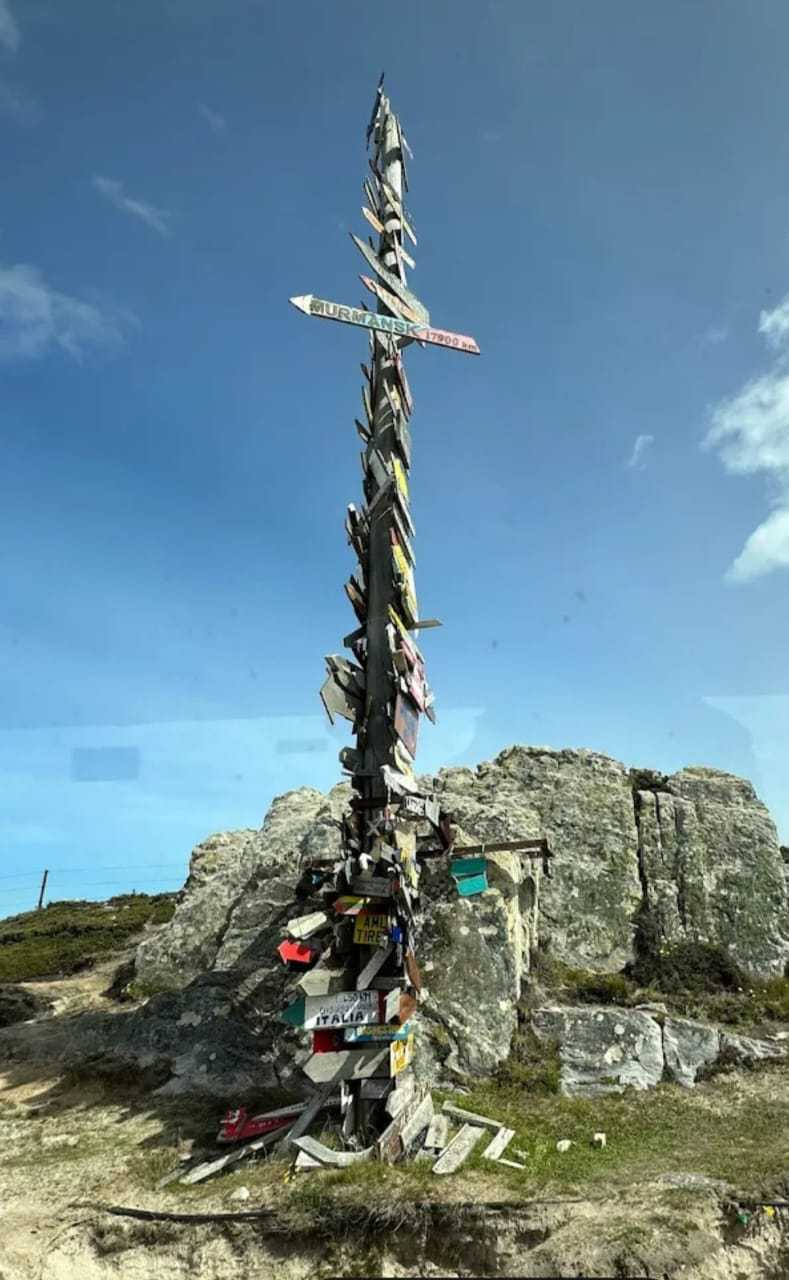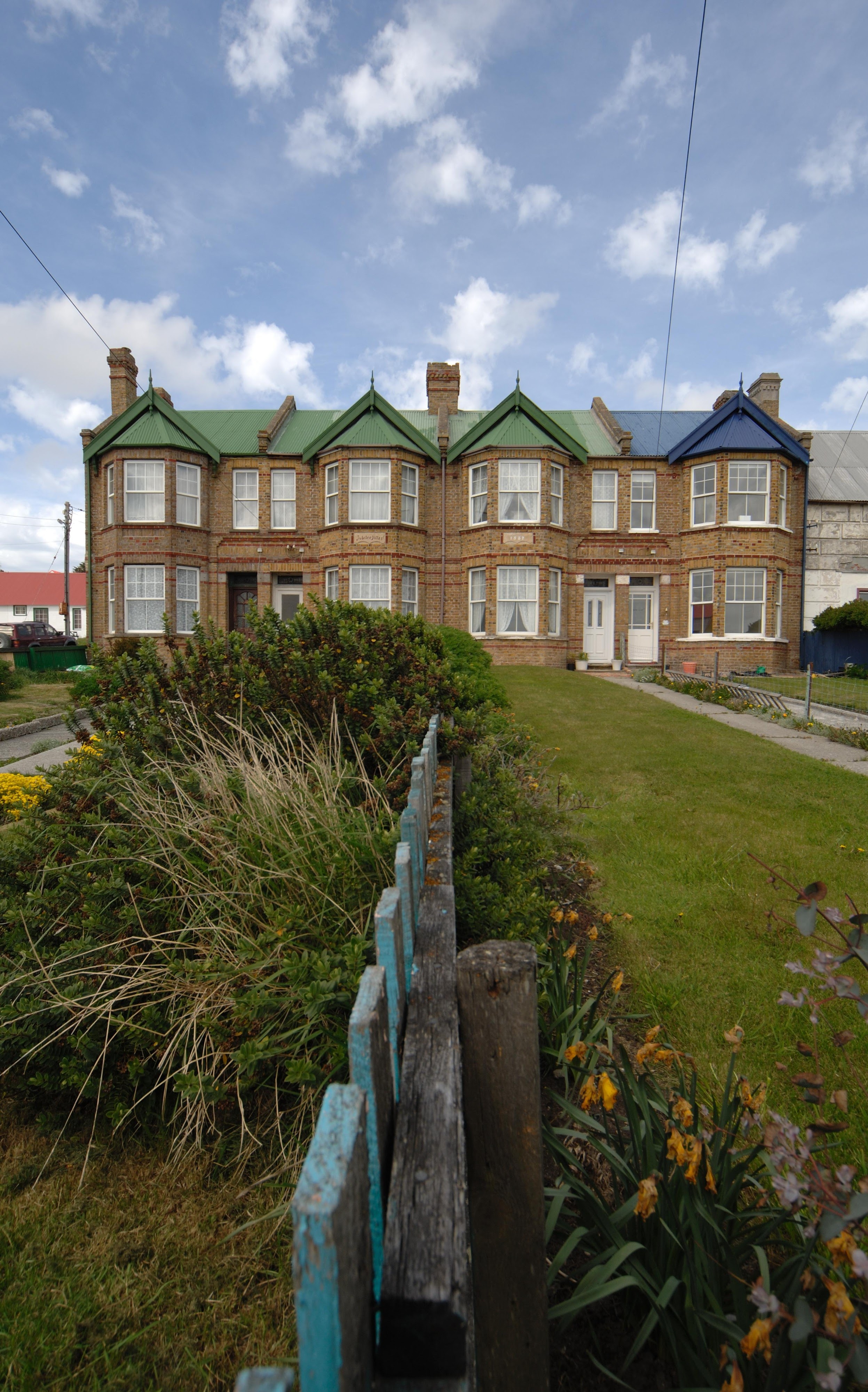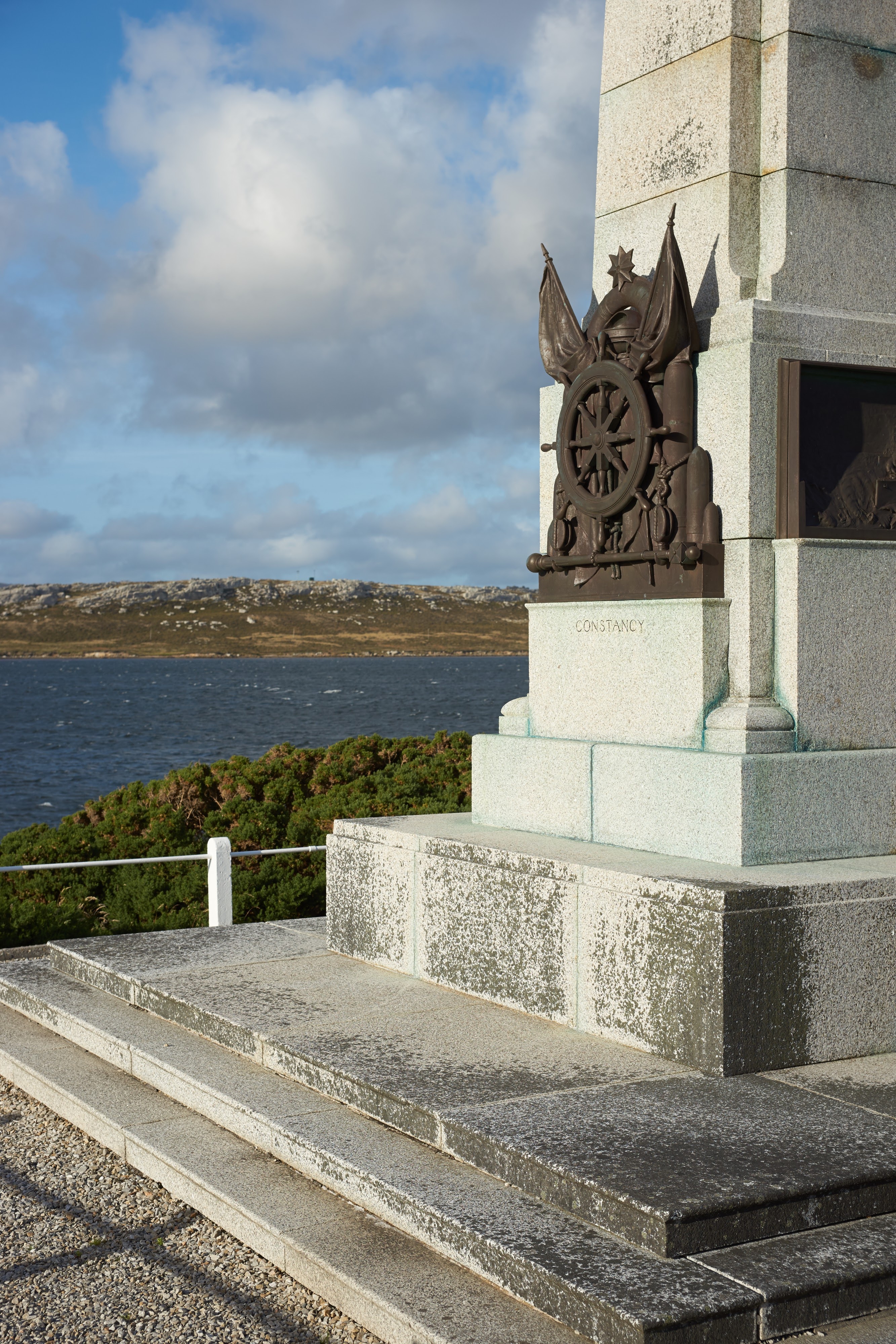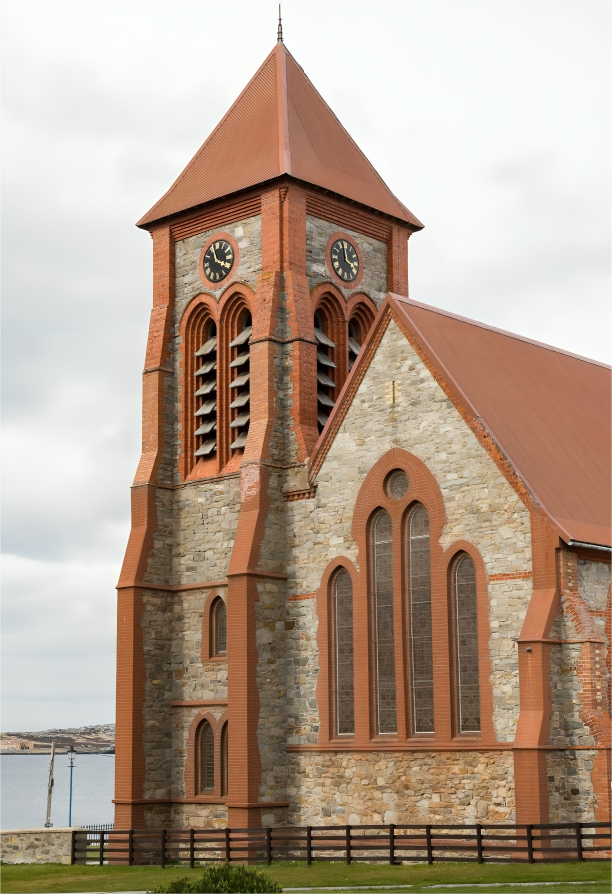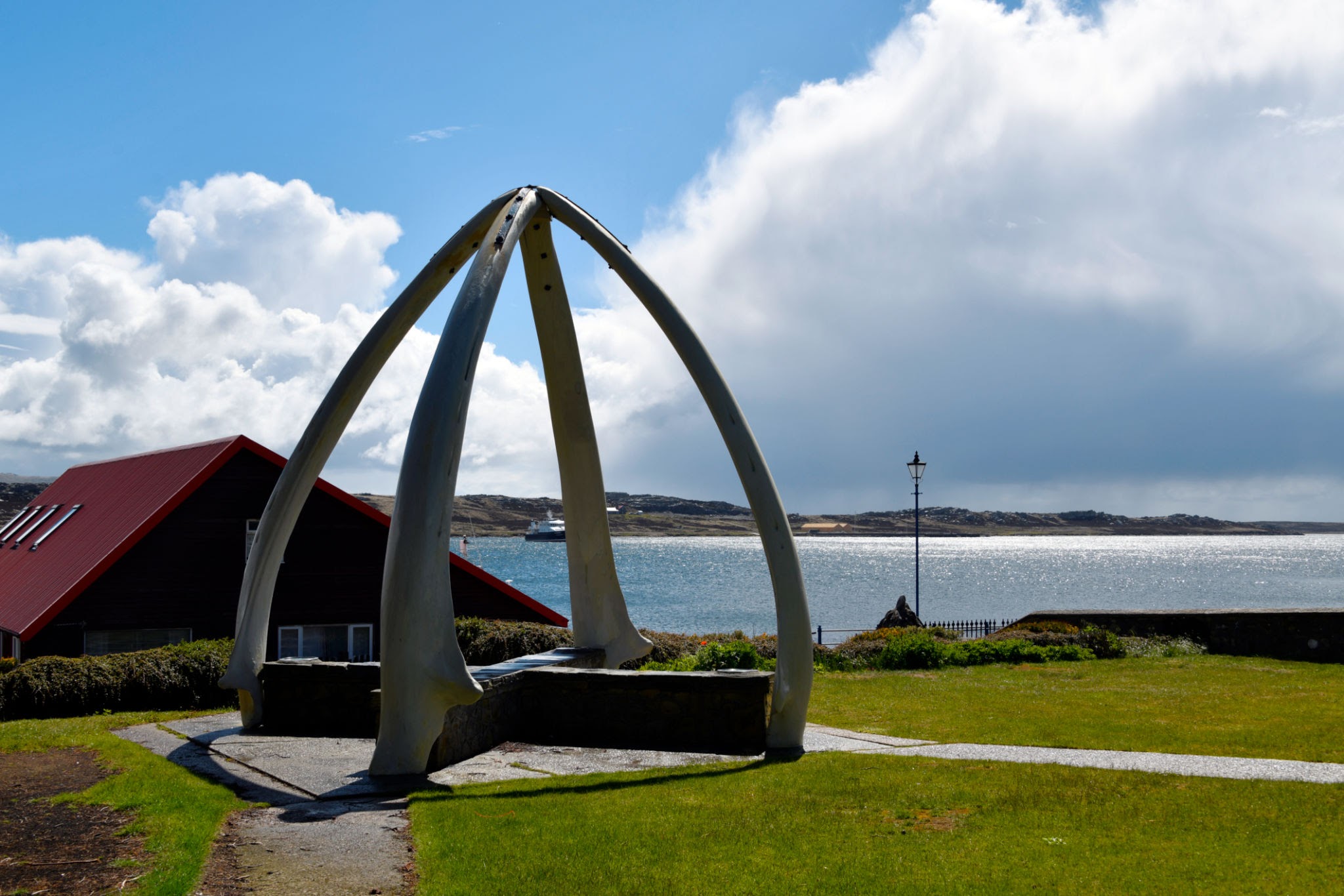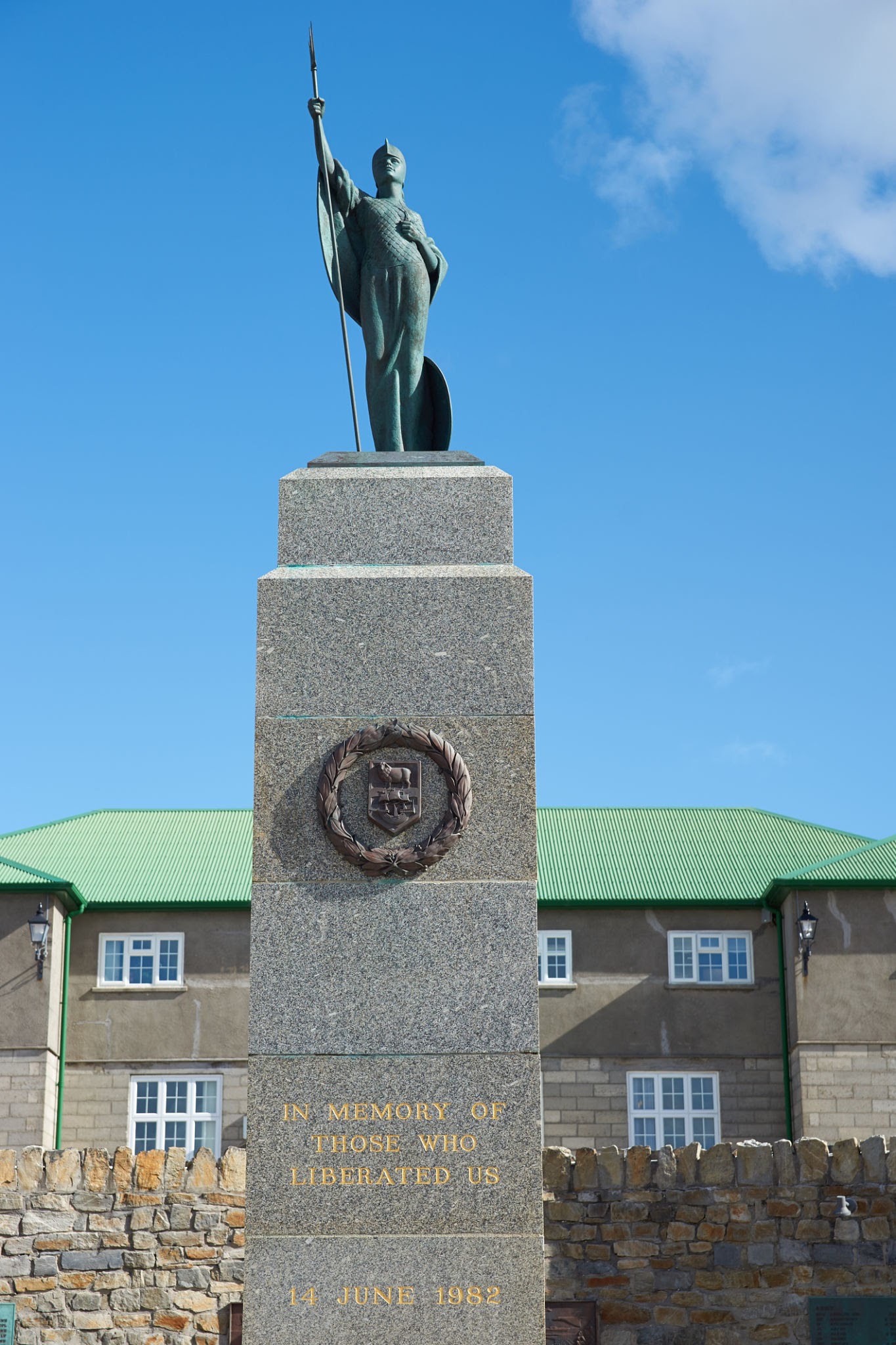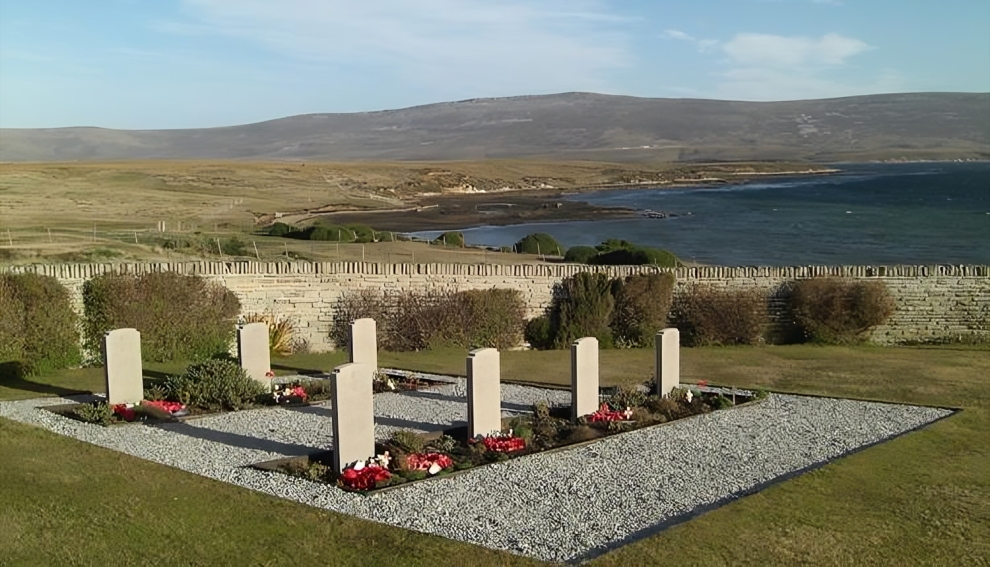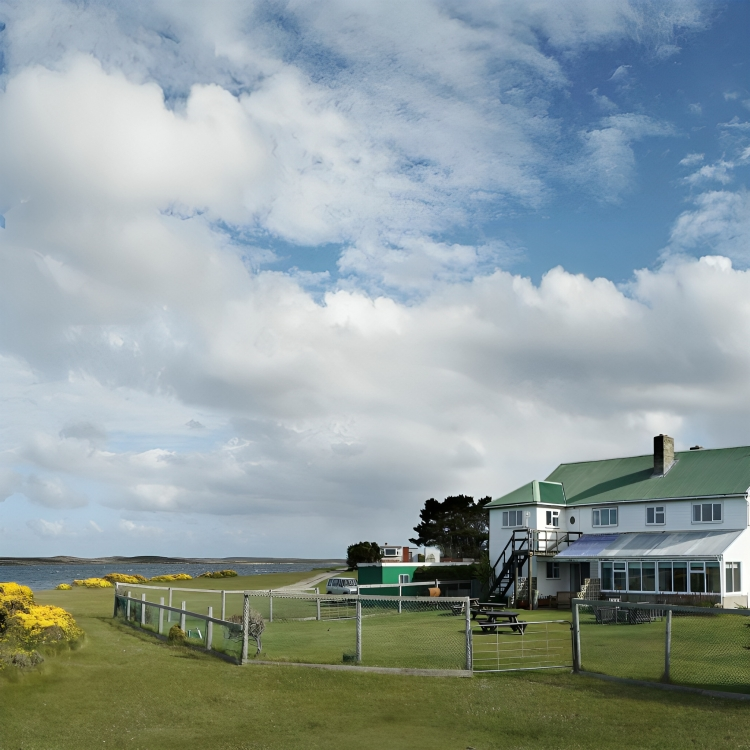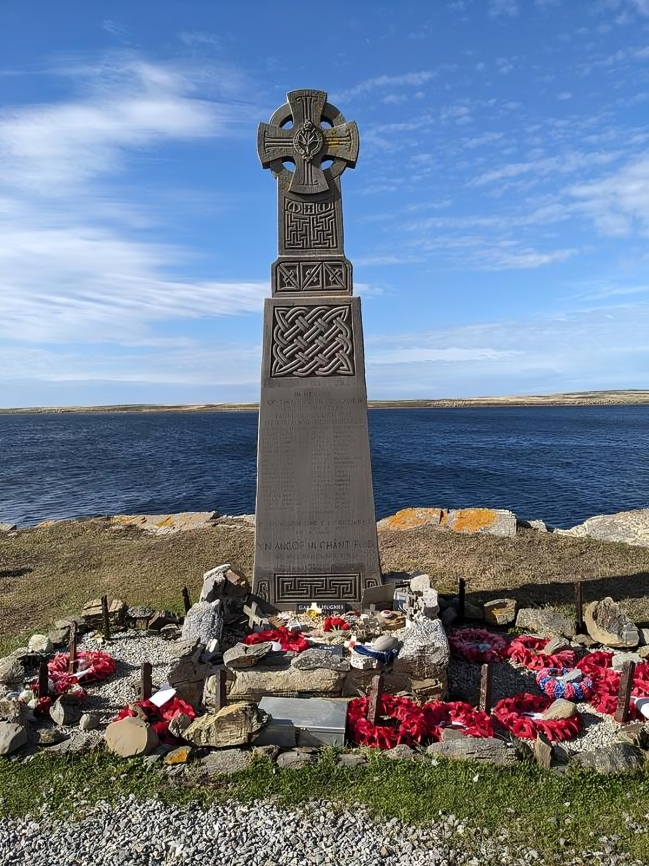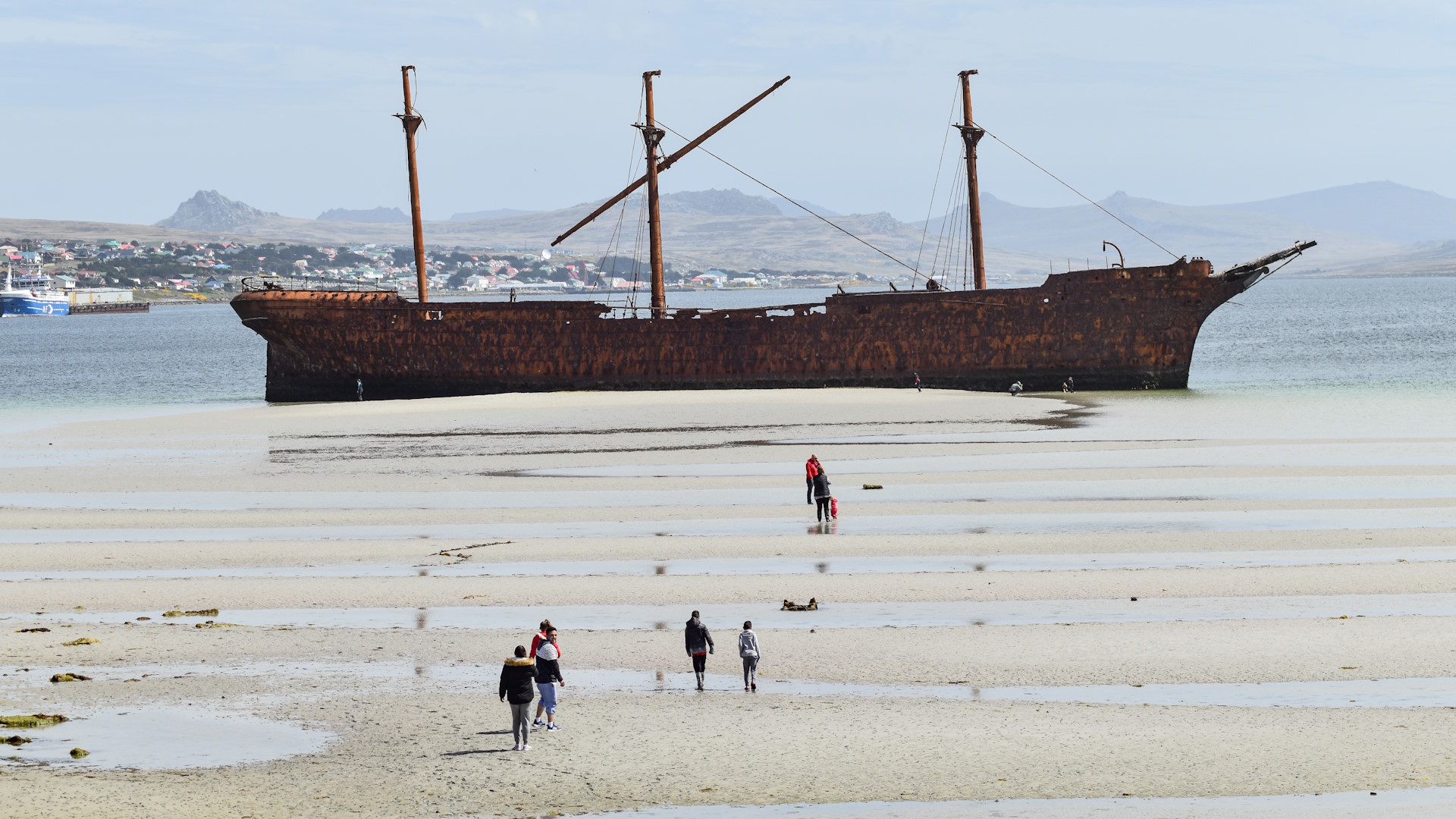
Lady Elizabeth Shipwreck
Standing as a stoic sentinel at the eastern edge of Stanley Harbour, the Lady Elizabeth shipwreck is one of the Falkland Islands' most poignant and photogenic landmarks. This majestic iron barque, launched in 1879, met its fateful end not in a dramatic sinking at sea, but by being condemned after sustaining damage near Cape Horn in 1913, eventually drifting to its current resting place in Whalebone Cove during a fierce gale in 1936. Today, her rusting skeleton, with masts still reaching towards the sky, creates a striking silhouette against the often-dramatic Falklands sky. A visit to the "Lady Liz" offers a powerful connection to the islands' rich maritime history, evoking tales of arduous voyages and the enduring power of the elements. It's a truly iconic sight, inviting quiet contemplation and capturing the rugged, resilient spirit of the Falklands

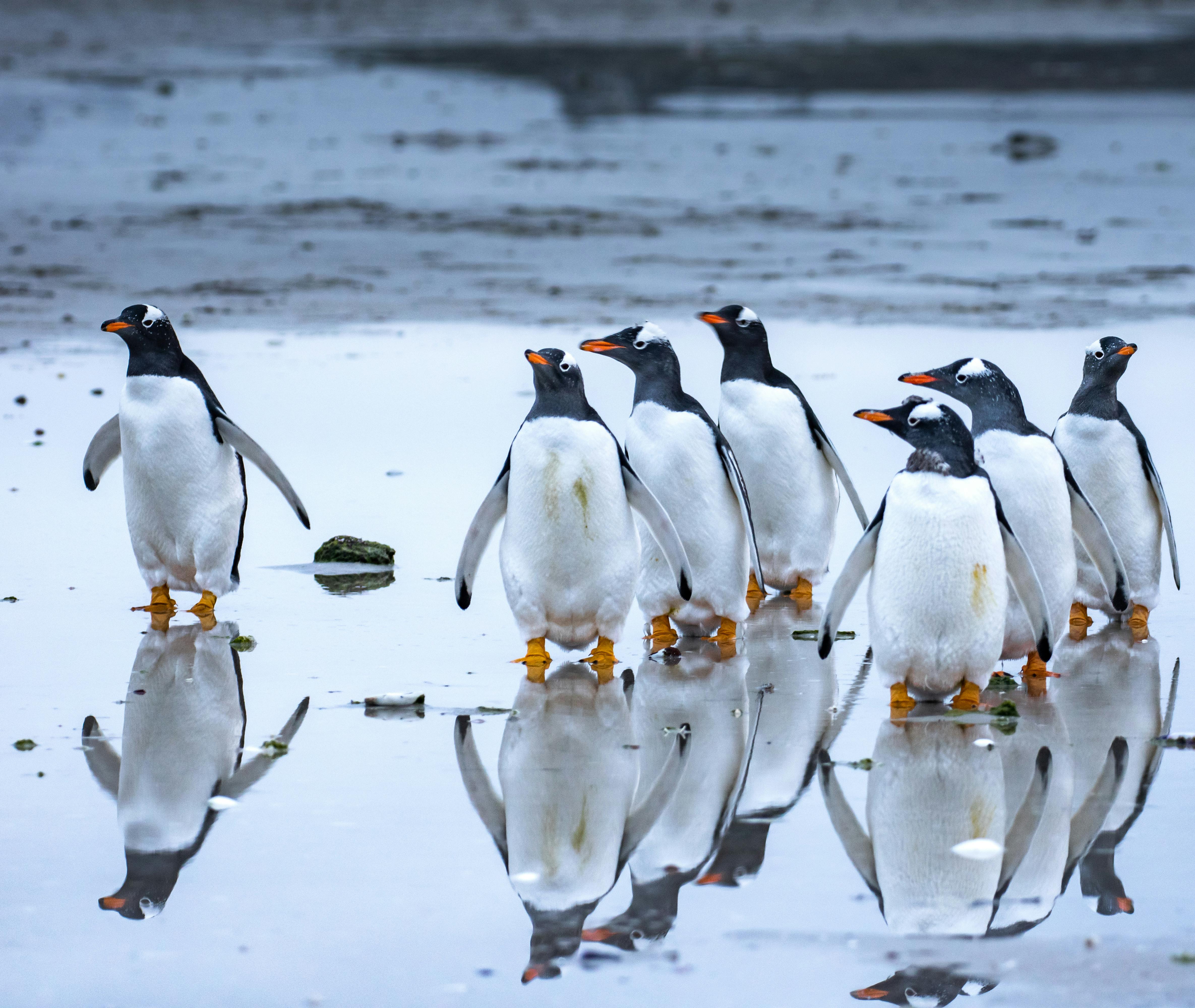

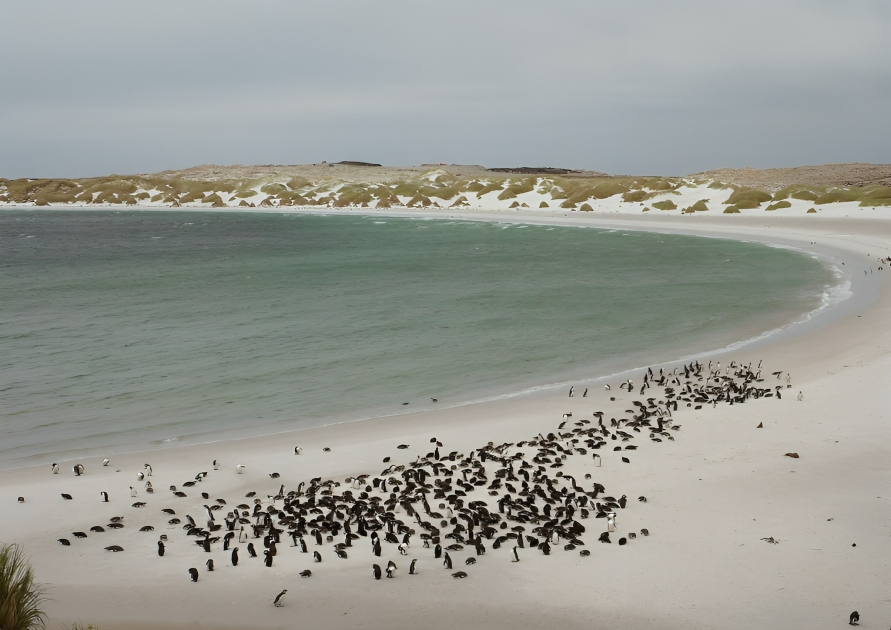
.jpeg)
